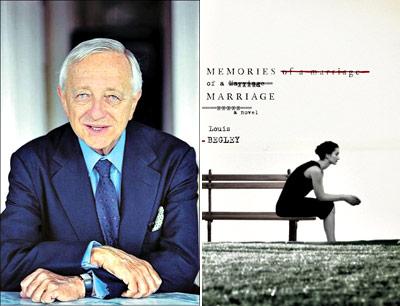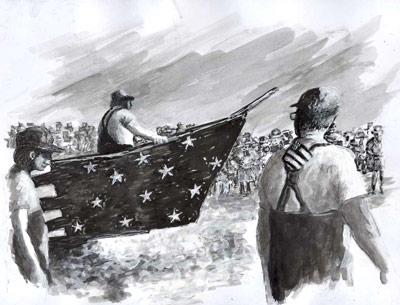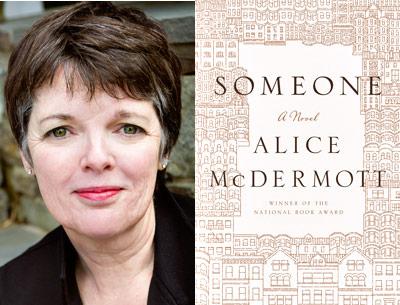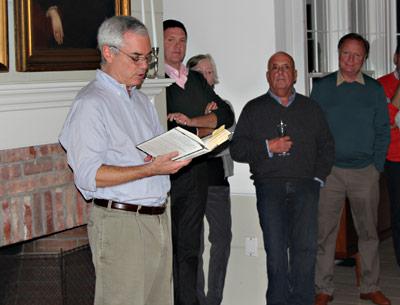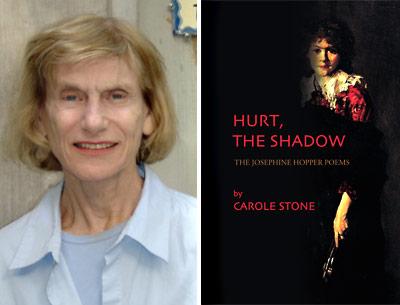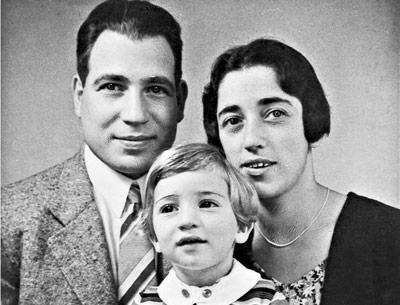Book Markers: 10.31.13
Book Markers: 10.31.13
Kathryn Levy, There and Here
Perusing this page on a westbound Hampton Jitney? Valued reader, much thanks. But your time in the city doesn’t mean you can’t get a dose of South Fork-style culture. Tomorrow night at 7, Kathryn Levy, a Sag Harbor poet, will be bending the paperback covers of her new collection, “Reports,” for a reading at Poets House, the archive and cultural center at 10 River Terrace in Manhattan.
The gathering is a celebration of the book’s October release from New Rivers Press. Joining Ms. Levy in reading and quaffing the de rigueur “refreshments” will be two other poets, Maya Pindyck and Purvi Shah.
Looking to stay closer to home, poetry fans? Ms. Levy can be caught at Canio’s Books in Sag Harbor on Nov. 16 at 5 p.m.
Of Prophets and Tygers
Speaking of poetry, perhaps the most mystical of its practitioners, William Blake, is the subject of a new historical novel self-published by Barry Raebeck, a native East Hamptoner who teaches English at Southampton High. He’ll read from “Tyger on the Crooked Road,” which “blends fact with fiction in a reimagining of the life of the celebrated 18th-century visionary,” on Saturday at 5 p.m. at the Nature Conservancy on Route 114 in East Hampton.
The book aims for an “authentic portrayal of historic London” and to “spark readers’ imaginations,” Mr. Raebeck said in a release. “Blake’s life is a testament to the eternal power of creative thought,” he said. “He remains an extraordinary inspiration to artists, writers, and all those who believe that ‘What is now prov’d was once only imagin’d.’ ”

